DO ISO CERTIFICATES ENHANCE INTERNATIONALIZATION? EXAMPLE OF PORTUGUESE INDUSTRIAL SMES (PART 2)
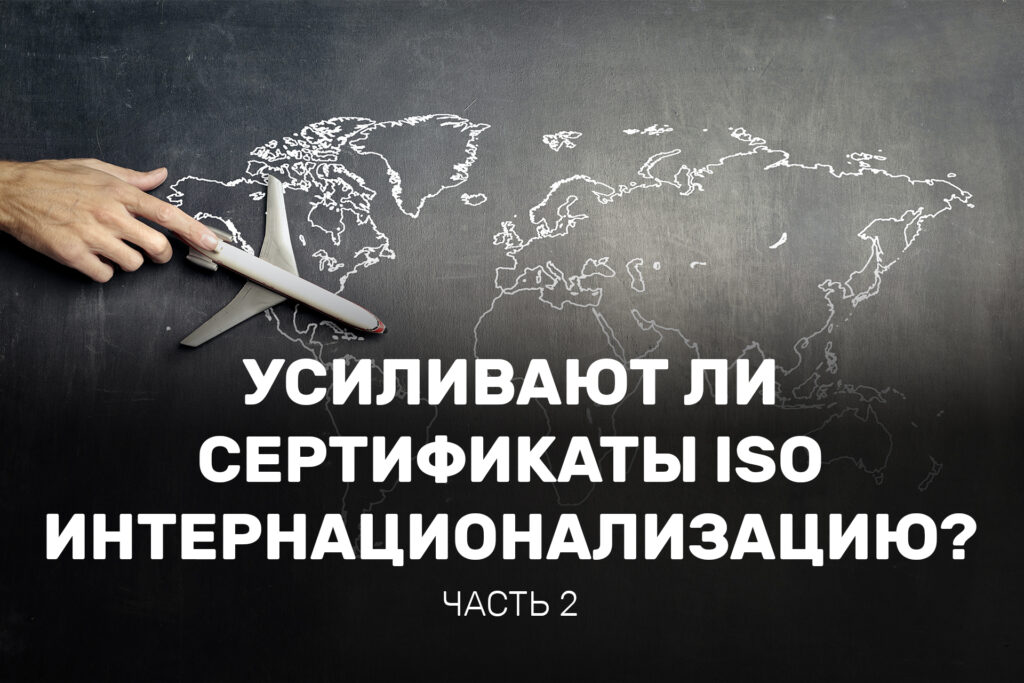
Part One.
This article is a free translation of the work of Luis Pacheco, Carl Lobo, and Isabel Maldonado.
Results and Discussion
The regression results for the model with random effects are presented in Table 2, where the different dependent variables are treated for the variables “ISO certification” (ISO9001, ISO14001 and ISO45001) and the control variables REBITDA, AGE, SIZ and debt (STD and LTD). The first three columns present the results of examining the relationship between ISO 9001 certification and exports, while columns 4 through 6 and 7 through 9 examine ISO 14001 and ISO 45001/18001, respectively.

Table 2. Results: random effects model.
The results show a significant relationship between ISO 9001 and ISO 14001 certifications and the level of internationalization, especially for exports to EU countries, which have higher coefficients. ISO 14001 also seems to be relevant for exports to non-EU countries, while ISO 45001 does not seem to be relevant. These results partially confirm hypotheses H1.1-1.3 and some previous authors, indicating that SMEs with quality and environmental certifications show higher levels of exports, especially when exporting to the EU market with high requirements. Regarding the control variables, our results support only hypothesis H4 (positive relationship between firm size and exports), while hypotheses H2 (positive relationship between firm profitability and exports) and H3 (positive relationship between firm age and exports) are supported only when considering exports to EU countries. Finally, hypothesis H5 is not confirmed as the results show that debt has a positive relationship with internationalization. Small firms show lower levels of internationalization, possibly due to a lack of resources and difficulties in accessing finance and certain skills. Generally, firms in Portugal are micro or small firms, so policymakers should create an adequate set of incentives to encourage mergers and acquisitions as a way to increase internationalization of firms. Profitability seems to have a positive effect on export intensity, at least for EU countries, suggesting that sustained profitability and liquidity creation are important factors for higher levels of internationalization. A firm’s age appears to have a positive effect on the level of exports to the EU. Arguably, older firms are more likely to be in a mature stage, with established export markets and international linkages. This effect is absent when looking at SME exports to non-EU countries (probably exports to new or non-traditional markets), where a firm’s age does not seem to provide any export advantage.
The results of the Tobit model in Table 3 only partially confirm the results of previous regressions. The positive relationship between ISO 9001 and internationalization disappears, appearing only as a significant positive relationship for ISO 14001 and exports to the EU. This latter result is also obtained given the more environmentally conscious European markets compared to the global average. Firm size maintains its positive influence, and long-term debt also shows a significant negative relationship. Thus, the relationship between certification and internationalization becomes less clear, which motivates our next analysis at the industry level.
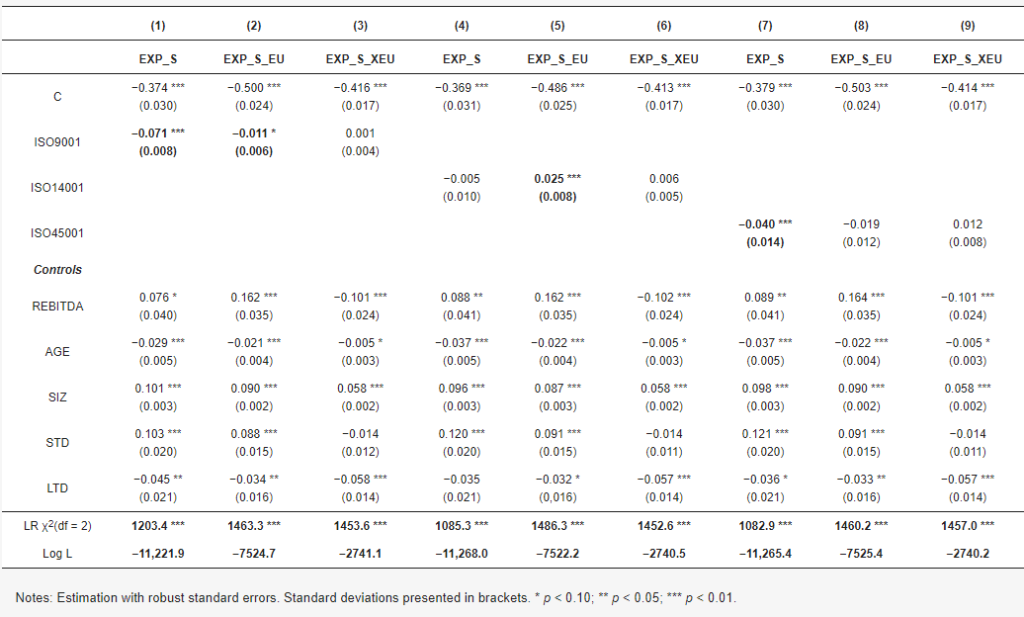
Table 3: Results: Tobit model (full sample).
Thus, Eurostat’s aggregation of the manufacturing industry according to technological intensity is used to examine potential differences between sectors. According to the Eurostat classification and taking into account CDES ed. 2 at the two-digit firm level, our sample identifies the following groups of sectors: high-tech (CDES 21 and 26), medium-high-tech (CDES 20, 27, 28, 29 and 30), medium-low-tech (CDES 19, 22, 23, 24 and 25) and low-tech (CDES 10, 11, 12, 13, 14, 15, 16, 17, 18, 31 and 32). Table 4 presents the results for these four aggregates, with only the ISO 9001 and ISO 14001 variables considered in the regressions for brevity. Note that separate estimation for different sectors helps reduce potential endogeneity problems.
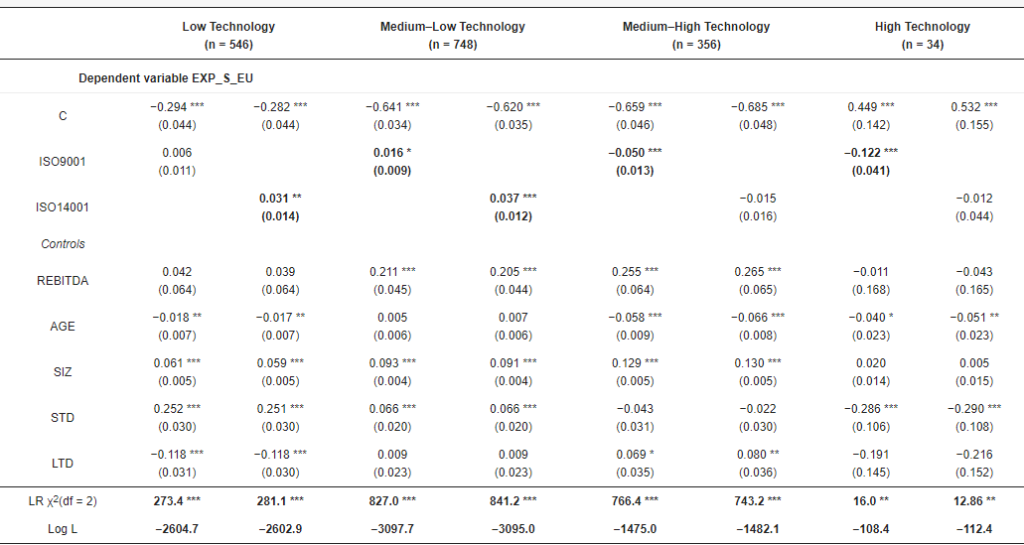
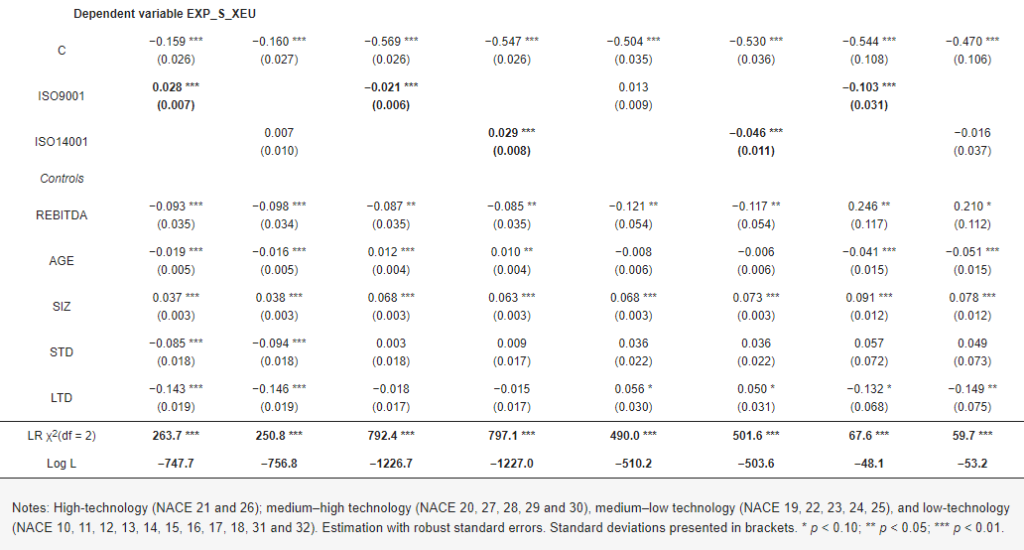
Table 4: Results: Tobit Model (firms divided by degree of technological sophistication).
The results are presented in Table 4. evidence that ISO 9001 and ISO 14001 certifications have a generally positive effect on the exports of low- and medium-low-tech firms. Regarding the control variables, the results are generally consistent with the results for the full sample presented above. These results allow us to confirm hypothesis H1.4, indicating that industry characteristics appear to matter in terms of the relationship between SME ISO certificates and their levels of internationalization. A possible explanation for this result could be the need for firms producing less technological and less differentiated goods to present quality and environmental certifications, especially in more competitive markets such as the EU. In contrast, for firms in the medium- and high-tech sectors, ISO 9001 and ISO 14001 certification do not seem to offer any advantages in terms of exports. Certainly, exports of such goods depend on other competitiveness factors not taken into account in our analysis. A possible explanation could be that firms in the medium and medium-high technology sectors prefer to focus their export efforts on EU markets (nearly 30% of sales on average), with residual (and more volatile) exports in markets outside the EU. (less than 10% of sales). Moreover, the high- and medium-high-tech sectors are more dominated by foreign firms (higher levels of FDI in these sectors), and these firms export most of their products. Therefore, given their multinational status and close integration into international trade networks, the existence of certification loses its relevance as a tool to reduce information asymmetries in international trade. Certification is an important and highly valued determinant of exports in EU markets, while for other markets it seems less important. Exports to more distant markets outside the EU are certainly determined by other factors external to firms, such as commercial diplomacy, exchange rates, or the economic/political context.
Finally, with respect to hypothesis H6, we test whether there are moderating effects in the certification and internationalization relationship related to firm size and age. Table 5 presents the results obtained by introducing the interaction variables AGE_ISO9001, SIZ_ISO9001, AGE_ISO14001, and SIZ_ISO14001.
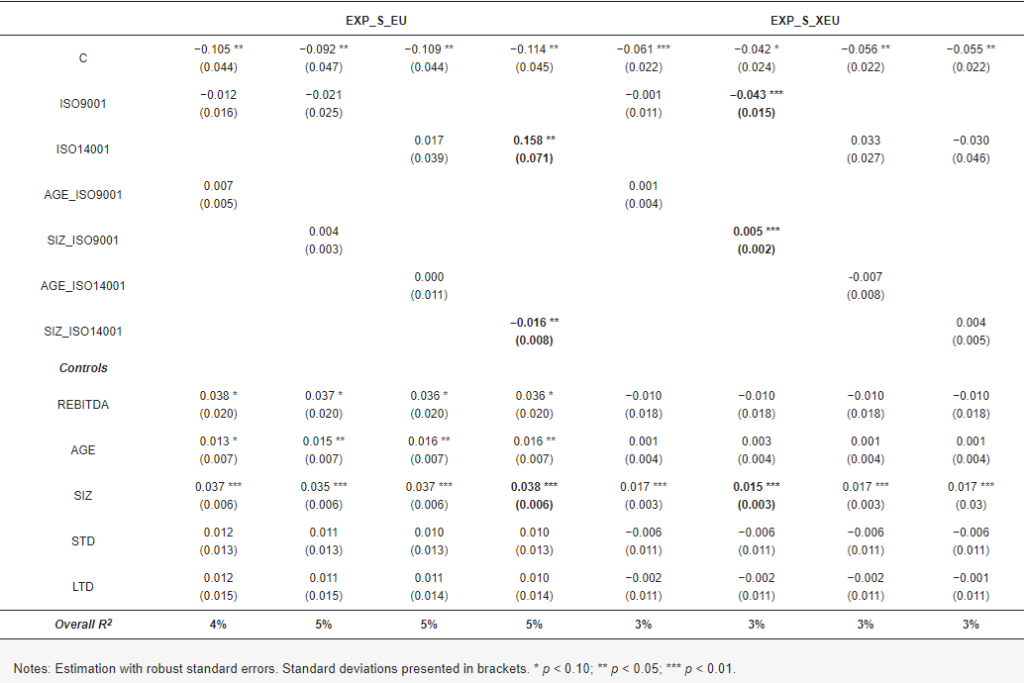
Table 5. Results: random effects model (restraint effects).
The results in Table 5 suggest that there are moderating effects of firm size in the relationship between certification and internationalization. Firm size was found to be a factor affecting certification adoption. Interestingly, the positive relationship between size and exports to EU countries is supported by the presence of ISO 14001 certification. Thus, larger exporting firms seem to benefit from environmental certification when exporting to EU markets. We can argue that the benefits that firm size brings for export intensity are amplified when firms are certified, which contributes to a better positioning of the firm in EU markets. This result has clear policy implications: to recommend and support ISO 14001 certification for Portuguese medium-sized firms attempting to export to the EU. Regarding ISO 9001 certification, it seems that the positive effect of firm size on exports is diminished by the presence of this certification. This size effect deserves more attention in future studies.
Conclusions
In light of the current literature on factors contributing to internationalization, this paper fills a gap in the study of the significance of ISO certifications on firms’ export intensity. It uses an unbalanced sample of 1,684 Portuguese industrial SMEs from 2010 to 2020 with other determinants of internationalization as control variables, and investigates the possibility of a moderating effect on the certification-internationalization relationship. The results suggest the importance of firms having certain ISO certifications to further develop their export activities and increase their recognition in foreign markets. In addition, certification appears to reinforce the positive relationship between firm size and internationalization, and its positive impact is more significant in low- or medium-low-technology-intensive sectors.
This paper is a contribution to the literature on the impact of ISO certifications on internationalization. Nevertheless, some limitations of this study should be mentioned:
(1) first, the degree of internationalization of firms is influenced by many variables that have not been considered (e.g., managerial labor and product markets, political and economic factors, or even the personalities of shareholders and managers). The quantitative nature of this study can be supplemented by qualitative research using case studies;
(2) second, firms can use other methods of internationalization that have not been studied. For example, certification may be useful to overcome initial distrust problems, but once firms start exporting, other forms of competitiveness will become more important;
(3) third, for convenience, the data set includes only certified firms in 2020, but a large number of exporting Portuguese firms did not have ISO certification in 2020. Future relationship analysis should compare more firms (certified and non-certified). Moreover, when considering a dichotomous variable to see whether a firm is certified or not, we do not analyze the degree of commitment, implementation, or internalization of ISO certifications;
(4) a factor that may limit the generalization of the results is that the measures of internalization used in the literature vary widely, which leaves us wondering whether our results depend on the indicators used and on the specific context of the Portuguese economy..;
(5) finally, we should be careful to summarize our results. Internationalization can be as much the result of certification as the cause of it. This potential endogeneity in the relationship between certification and export performance can be addressed in future studies. Although finding appropriate instrumental variables can be difficult, some possible alternatives include the use of propensity score matching or systematic GMM methods. From a policy perspective, strategic commitment to quality, environment, and safety may be considered a selection criterion in government export promotion programs. Firms that recognize the need for greater commitment to these issues have a better chance of increasing their presence in foreign markets, especially in EU countries. Given the paucity of literature on the relationship between certification and internationalization to date, several areas of research need to be explored, namely the role that government agencies can play in supporting certification of firms in internationalization support programs.



